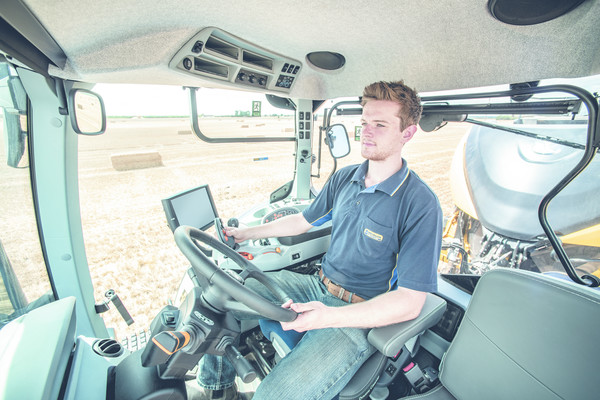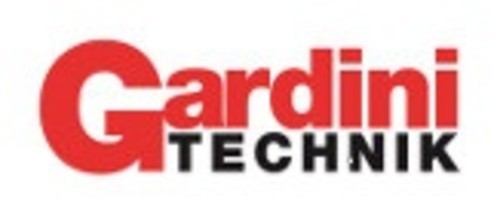
Digital agriculture funded by Mipaaf
The public project Agridigit (2021) for Italian agriculture's technological innovation is about to be concluded. Agrodigit is divided into six sub-projects from Agrofiliere to Viticoltura that pursue specific objectives
The primary sector is increasingly valuing Agriculture 4.0, which consists of the set of tools and strategies that enables the agricultural business to use in a synergistic and interconnected way advanced technologies with the purpose of making production more efficient and sustainable.
In agriculture, 'digital' stands for management software for farms, agronomic decision support systems (Dss), field sensors, traceability platforms, machinery talking to each other, and collecting data in the field.
Former Minister Maurizio Martina decided to launch an ambitious project to digitize Italian agriculture called Agridigit. with the aim of developing flexible infrastructures for creating applications for precision farming, traceability, administrative management of the sector, and overall all the digital aspects of the primary sector.
Funded by Mipaaf and coordinated by CREA, the project is based on sharing and accessibility to data and software from any device with internet access.
A total of six sub-projects (Agrofiliere, Agromodelli, Selvicoltura, Zootecnia, Viticoltura and Agriinfo) are part of Agridigit, each of which has specific goals. “Agrofiliere”, the most complex, is designed for: Advanced systems for agronomic and agri-environmental management and the evaluation of the vegetative, phytosanitary, ripening and quality of the products in the field; Systems and applications for smart farming, monitoring, and control of agricultural activities; Mechatronic and digital interface systems and applications on tractors and self-propelled tractors and for robotics in the field; Systems and applications on operating machines for the main cultivation operations; Digital and advanced mechatronics applications for quality horticultural and floriculture supply chains, for cereal and other grain crops; Sensors and digital data networking for quality in food processing processes; Applications for product quality control in precision logistics.
It ranges from the proximal and remote mapping of soils and crops to the agronomic interpretation of images provided by different types of sensors to develop prototypes for precision agriculture.
Moreover, the project includes the development of mechatronic and digital interface systems on precision farming machinery and quality and safety control and traceability in the entire cereal supply chain.
Technology evolution and the cost reduction of electronic components play a fundamental role in pursuing the project's purposes.
Beginning with systems based on ISOBUS technology to enable standardized management of strategies for precision farming, the focus is now on the timely analysis of soil and crop conditions.
Systems based on the stereo, multispectral cameras, as well as NIR and LIDAR sensors, allow an extensive range of solutions for real-time analysis. Supported by electronics that, thanks to the spread and therefore to the research related to mobile systems (smartphones and tablets first of all), has acquired in recent years a power that until ten years ago was conceivable only on workstations and with costs, all in all, affordable and scalable depending on the type of application.
Moreover, in the age of "4.0", a master role is being played by the connectivity and, therefore, the ability of machinery, systems, and sensors to communicate with each other in wireless mode.
Although at the moment, unfortunately, there is not yet a de facto standard in this regard, the world industry is indeed working to make communication technologies and protocols available to everyone and speak a common language so as to allow proper integration of all the machinery and technologies that are part of the production chain and, more broadly, of the entire food supply chain. So the 802.11p protocol of automotive derivation is the most tested, and today, even for what concerns the reduced infrastructural needs, it seems the most promising, at least until 5G connectivity is actually implemented.
In order to ensure collaborative tools and interoperable data, Crea has interacted with eleven regions to collect data, analyze it, and offer common forecasting modeling services on crop pathogens. Agridigit will build the digital bases for many agricultural services that the public administration provides and will be able to provide in the future. It will interact with the regions, share data, and provide a common basis to ensure interoperability to process statistics and guide public decisions. It will be an open architecture, freed from third-party providers, which, however, adopts an open innovation approach, talking with the private sector to develop new solutions.








